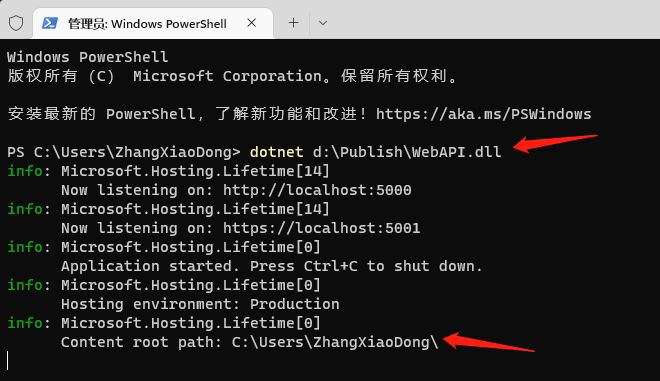文章摘要
本文主要介绍了JSP(JavaServer Pages)中使用`@include`指令来动态加载其他JSP脚本文件的方法及其作用。文章通过示例展示了如何在JSP脚本中嵌入其他脚本文件,以及这种技术在网页内容扩展性中的应用。此外,文章还提到了基路径(`basePath`)的处理,确保嵌入脚本文件能够正确加载。通过`@include`指令,开发者可以灵活地管理网页内容,提高开发效率和代码复用性,并增强了网页的扩展性。
<%@ page language=”java” import=”java.util.*” contentType=”text/html; charset=utf-8″%>
<%
String path=request.getContextPath();
String basePath=request.getScheme()+”://”+request.getServerName()+”:”+request.getServerPort()+path+”/”;
%>
<%@ page language=”java” import=”java.util.*” contentType=”text/html; charset=utf-8″%>
<%
String path=request.getContextPath();
String basePath=request.getScheme()+”://”+request.getServerName()+”:”+request.getServerPort()+path+”/”;
%>
<!DOCTYPE HTML PUBLIC “-//W3C//DTD HTML 4.01 Transitional//EN”>
<html>
<head>
<base href=”https://www.jb51.net/article/<%=basePath%>” rel=”external nofollow” >
<title>My JSP ‘Include_Command.jsp’ starting page</title>
<meta http-equiv=”pragma” content=”no-cache”>
<meta http-equiv=”cache-control” content=”no-cache”>
<meta http-equiv=”expires” content=”0″>
<meta http-equiv=”keywords” content=”keyword1,keyword2,keyword3″>
<meta http-equiv=”description” content=”This is my page”>
<!–
<link rel=”stylesheet” type=”text/css” href=”https://www.jb51.net/article/styles.css” rel=”external nofollow” >
–>
</head>
<body>
<h1>Include指令</h1>
<hr>
<%@ include file=”date.jsp”%>
</body>
</html>
© 版权声明
文章版权归作者所有,未经允许请勿转载。


